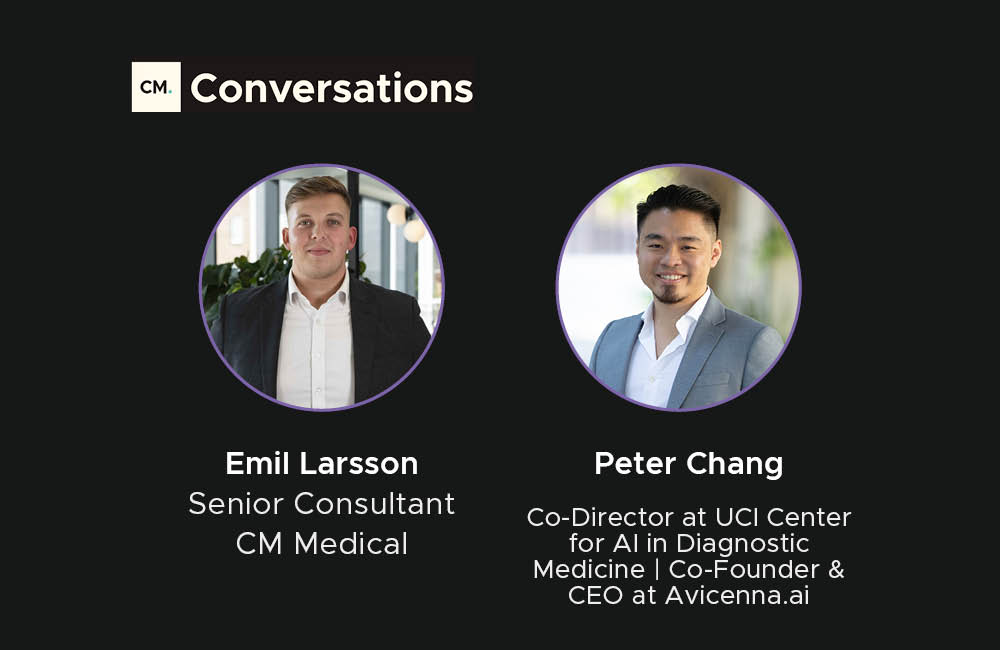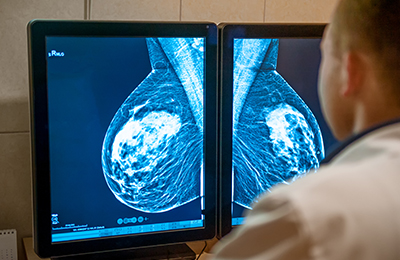

A New Class of Technology in Cardiology.
The cardiovascular space is undergoing a technological revolution with surgical robotics, AI, mixed reality and more innovation ready to change the way patients are diagnosed and treated.
While many of these technological concepts aren’t new to healthcare, or cardiology, the last couple of years has seen them approached in new, novel ways which have led to multiple breakthroughs.
The biggest impact for cardiology has been in electrophysiology (EP), which focuses on studying your heart's electrical activity to diagnose and treat a wide variety of abnormal heart rhythms.
EP treats atrial fibrillation (AF), which can increase the risk of heart failure, blood clots, strokes and other cardiac events.
Typically, a patient with these heart troubles will undergo an electrocardiogram, or EKG (a recording of the heart’s electrical activity). But sometimes this won’t provide accurate diagnosis. That’s because symptoms can be intermittent and won’t appear when tested. It’s a bit like looking at the ocean to try guess how big the waves were yesterday.
AI
This problem can be solved with AI and help avoid millions of people being left dangerously undiagnosed.
Researchers at Mayo Clinic have created an AI-enabled EKG – which compares hundreds of thousands of EKGs at one time – to provide diagnosis in 10-second. This can identify people with potentially undetected AF at an accuracy of 83% by finding signals in the EKG that might otherwise be invisible to the human eye.
While this revolutionary for AF diagnosis, French start-up, Volta Medical have also been using AI software to improve surgical procedures.
Volta’s plug-and-play algorithms, like AIFib, provide physicians with the guidance they need to perform highly complex procedures. This is improving patient outcomes and making procedures quicker.
AIFib is based on more than 10 years of intense research and development. Now with a CE Mark for the technology, Volta will continue to innovate in AI solutions and cardiology.
Mixed Reality
.jpg)
Mixed reality technologies are also improving results in the interventional suite and operating room. Similar to virtual reality (VR) and augmented reality (AR), this new entrant allows the user to interact with both the real world and digital data.
With access to both the digital and physical reality, a surgeon or interventionalist can simulate a procedure on a digitally created model that is updated in real time, then perform the real procedure on the patient.
US start-up, SentiAR, are exciting everyone in this space. Their platform produces a real-time holographic visualization of the patient’s anatomy, which floats over the patient throughout the procedure. This can be seen through a holographic headset that the surgeon or interventionalist wears.
The visualization is fully controllable by the clinician, with CT, MRI and real-time mapping/catheter location outputs seen in the real-time hologram. The EP can expand, measure or enter the chambers of the floating cardiac model for a faster procedure with higher accuracy.
Established in 2017, SentiAR are still relatively young and are still working on FDA and CE approvals. Once approved, there’s no doubt in this technology’s potential.
Surgical Robotics
In comparison, robotics isn’t new to surgery, but its uptake has been slow in EP.
StereoTaxis are changing things with their Genesis RMN Platform. This robotic magnetic navigation technology uses magnets to control the catheter tip and imaging to guide movements. This allows for more precise and safer navigation than traditional mechanical catheters – which are currently preferred in EP procedures.

The system is integrated with the Stereotaxis Imaging Model S, which has been created in partnership Omega Medical Imaging. This package includes a single-plane high-energy X-ray, C-arm, an accompanying motorized table and a boom with a monitor attached.
This allows for the remote navigation of the robotic system which means the user can operate at the patients’ side, a few feet away, or even from across the globe. It provides complete comfort for the surgeon or interventionalist who can focus on the procedure while protected from radiation.
CCM
In the many surgical procedures that surgical robotics and mixed reality support, there will be an some sort of implant involved – often a pacemaker.
Each year, about 600,000 pacemakers are implanted. While many are still CRM systems that manage the pace of your heartbeats, a new technology has emerged with multiple benefits.
CCM manages the strength of the contraction of your heart muscle to keep the pumping capacity at a healthy level. They operate by delivering precisely timed electric pulses called CCMTM (Cardiac Contractility Modulation) therapy. As a result, patients experience a higher quality of life through the reduction of symptoms like shortness of breath and fatigue.
Leading the way in this new area, Impulse Dynamics have brought to market their Optimizer Smart System. This is a minimally invasive implantable device for patients experiencing symptoms of moderate to severe congestive heart failure (CHF) - even after appropriate medical treatment.
This works alongside a portable OMNI programmer, which allows doctors to change the OPTIMIZER’s signal parameters according to individual patient needs. The implantable pulse generator needs weekly recharging at home for about 40 to 60 minutes but is intended to work for 15 years.
With an FDA and CE Mark, Impulse Dynamics are established on the market and well placed for growth.
Providing more accurate diagnosis, safer and quicker surgery and a higher quality of life for post-op patients; it’s clear that there’s a new class of technology in cardiology and electrophysiology. While I’m sure that we’ll see new areas of treatment emerge, I’m most excited to see how companies develop existing technology like AI, mixed reality, surgical robotics and CCM to create better patient outcomes in a new age of healthcare.
Recommended.

What Does Consumer Neurotech Innovation Mean for the Medical Device Industry?
Integrating systems into the human brain to control our everyday devices may seem very ‘Black Mirror’, but thanks to modern neurotechnology it's quickly becoming reality. Click to find out more.

How to Master Reimbursement in Medical Devices & Biotech.
In this live webinar, hosted by CM Medical, we went in search of expert reimbursement advice - speaking to Deborah Rizzi and Steven Haken of Odelle Technology.

How to Stand Out in a Saturated AI & Medical Imaging Market.
We asked an expert at an innovative medical imaging start-up about how they had overcome this challenge. Click now and listen to what they said.

Comments.